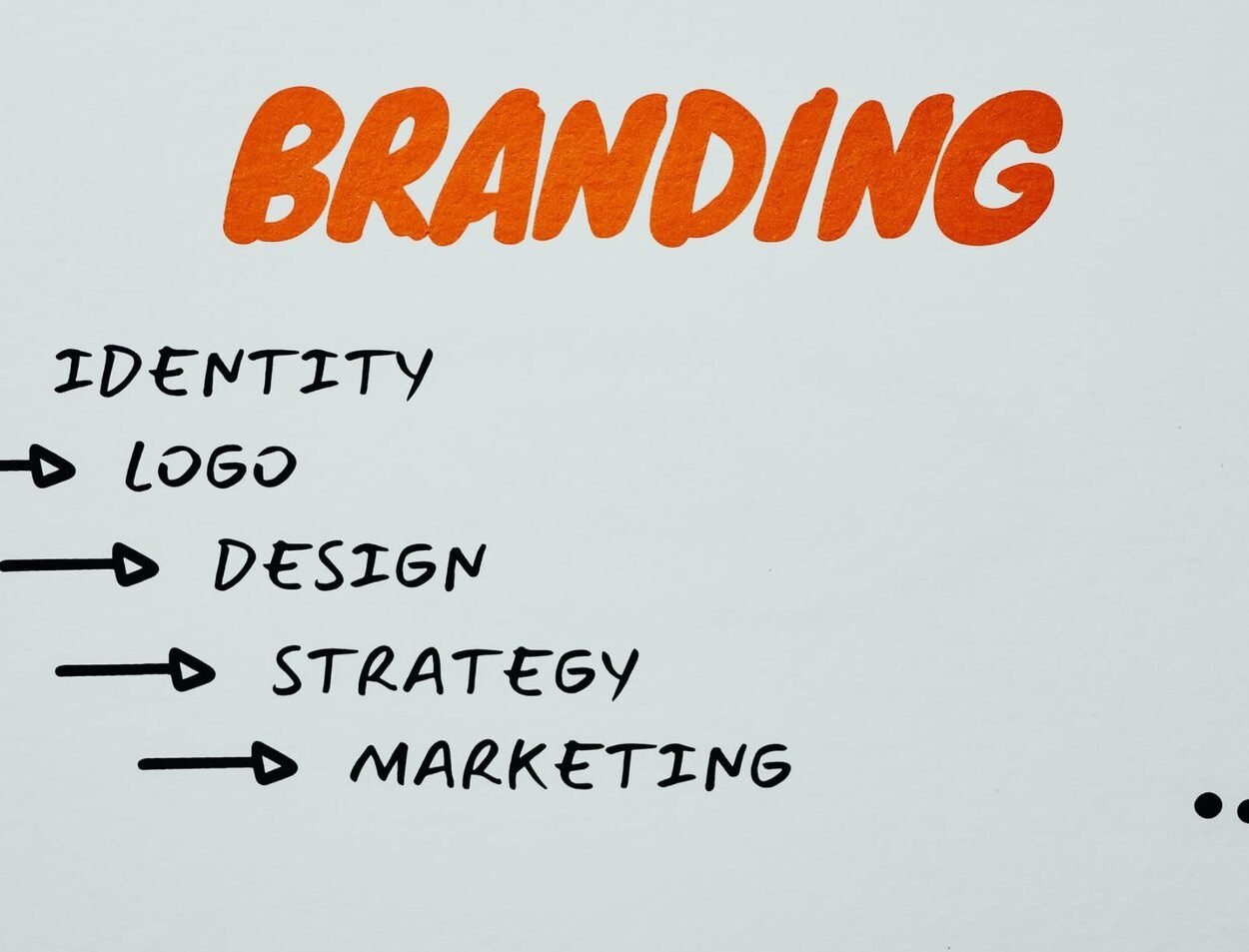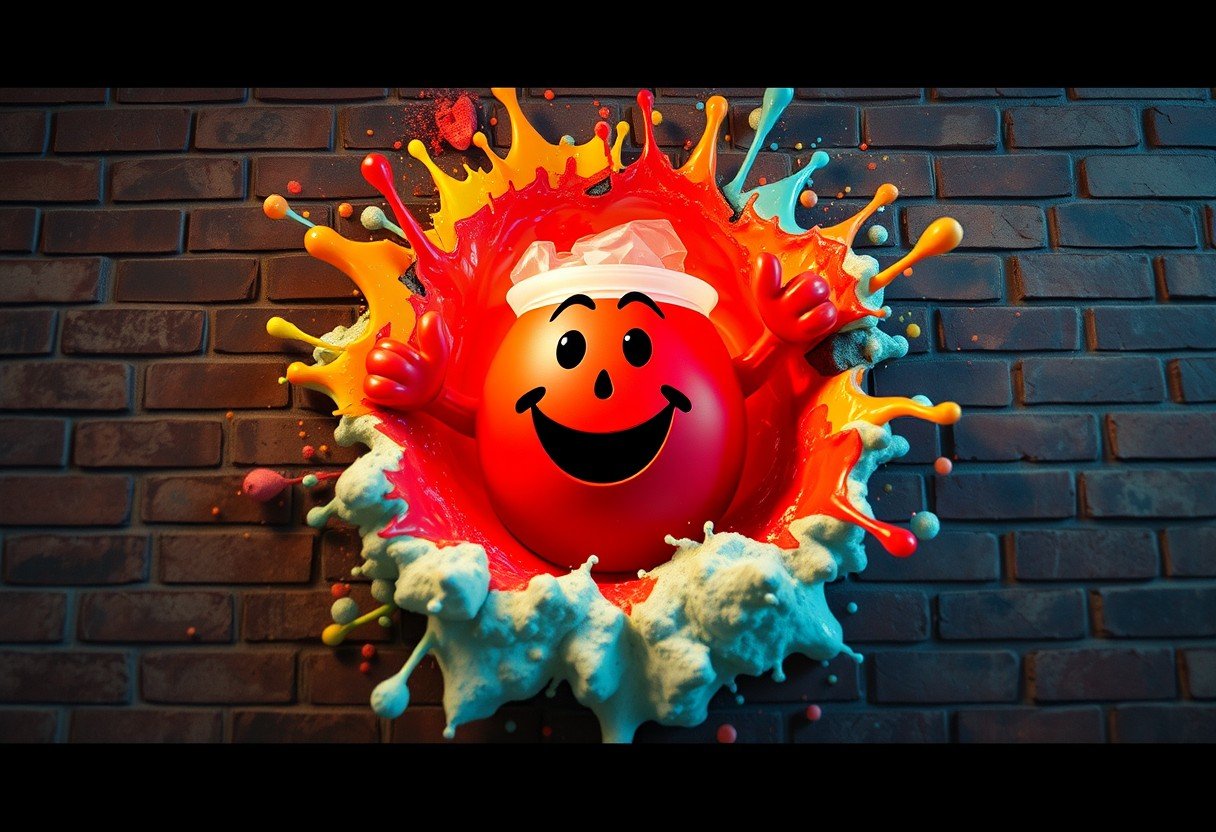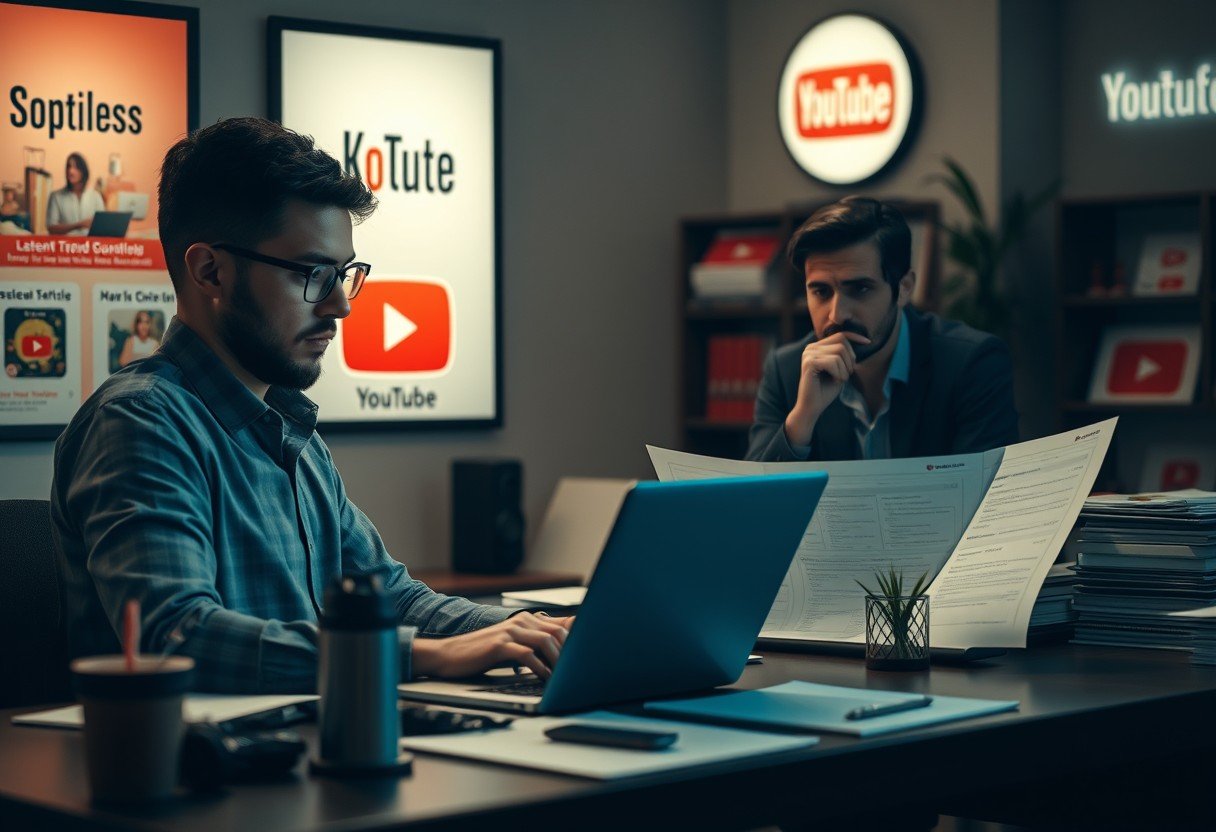Creating an amazing music video is a huge accomplishment, but the work isn’t over. For your video to help grow your career, you need to get it in front of the right audience. The key is to promote it effectively across various online platforms where potential fans are spending their time. This guide covers five essential strategies that will help you boost your music video’s visibility, increase views, and turn viewers into dedicated fans.
1. Choose the Right Platform and Publish Natively
Where you host your video matters just as much as the content itself. Uploading your video “natively” means you post the video file directly to a platform like YouTube or Facebook, rather than just sharing a link from somewhere else. Native videos perform much better in social media algorithms and often autoplay, grabbing user attention instantly.
YouTube is the undisputed king of video, functioning as the world’s second-largest search engine with over 2.7 billion monthly active users. Hosting your music video on YouTube is non-negotiable for discoverability.
However, don’t ignore other platforms. Each has its own strengths for reaching different segments of your audience. Consider this simple breakdown:
| Platform | Best For | Key Feature |
|---|---|---|
| YouTube | Long-form content, official releases, discoverability | Search optimization, monetization |
| Short clips, behind-the-scenes, visual branding | Reels, Stories, high engagement | |
| Community building, sharing with existing fans | Targeted ads, shareable content |
After publishing, keep a close eye on your analytics. This data will tell you which videos are performing well, allowing you to invest your promotional budget wisely on content that already resonates with viewers.
2. Optimize Your Video Content for Viewers
You only have a few seconds to capture someone’s attention online. Your video needs to make an immediate impact. This starts with optimizing everything the viewer sees before they even click play. Create a compelling, high-quality thumbnail and a clear, intriguing title that includes the artist name and song title.
Furthermore, you must optimize for mobile viewing. Statistics show that a huge portion of video content is consumed on smartphones. This means your video should look good on a small screen.
Consider creating mobile-first video formats like vertical or square videos for platforms like Instagram Reels and TikTok. These formats fill the entire phone screen, creating a more immersive experience for the viewer and leading to higher engagement rates.
3. Use Paid Promotions and Services Smartly
Organic reach can only take you so far. To truly expand your audience, you need to use promotional tools and social media advertising. Platforms like Facebook, Instagram, and YouTube offer powerful advertising tools that let you target your music video to a highly specific audience.
You can target users based on their location, age, interests, and even the other artists they listen to. This ensures your money is spent reaching people who are most likely to become your fans. When setting up an ad campaign, it’s crucial to:
- Define your ideal fan: Think about their age, what other music they like, and where they hang out online.
- Set a clear goal: Do you want more views, more subscribers, or more clicks to your Spotify page?
- Start with a small budget: Test different audiences and creative approaches to see what works before scaling up your spending.
Creating a deep connection with your audience is the ultimate goal. Your video content should be memorable and emotionally engaging to encourage shares, comments, and likes. This social proof helps your video get seen by even more people.
4. Make Your Videos Discoverable with SEO
Search Engine Optimization (SEO) isn’t just for websites; it’s a critical tool for music videos, especially on YouTube. Think of YouTube as a massive search engine for video. When you understand what your potential fans are searching for, you can optimize your video to appear in their search results.
Start by researching keywords related to your music genre, style, and similar artists. Include these keywords naturally in your video’s title, description, and tags. A well-written description not only helps YouTube’s algorithm understand your video but also gives viewers more context and links to your social media or streaming profiles.
A good title might be “Artist Name – Song Title (Official Music Video) | Alternative Rock”. The description should then elaborate on the song, the video, and include relevant links. Properly using tags with your genre, mood, and similar artists helps YouTube recommend your video to the right viewers.
5. Share Your Music in Niche Online Communities
One of the most effective ways to find your first dedicated fans is by engaging with niche online communities. These are places where people passionate about your specific genre of music gather, such as Facebook Groups, subreddits on Reddit, or Discord servers.
The key to success here is to be a genuine member of the community, not a spammer. Don’t just join a group and immediately post a link to your video. That’s a quick way to get ignored or banned.
Instead, participate in discussions, comment on other people’s posts, and build a reputation first. When it feels natural and relevant to a conversation, you can share your music video. This approach is far more effective because people will see you as a fellow music lover, not just another artist trying to promote themselves. Building these authentic connections can lead to loyal, long-term support for your music.
Frequently Asked Questions
How much should I spend on promoting a music video?
There’s no magic number. Start with a small, manageable budget like $5-$10 per day on social media ads to test what works. As you see positive results, you can gradually increase your spending on the campaigns that are delivering the most views and engagement from your target audience.
Is it better to post on YouTube or Instagram?
You should do both. Use YouTube for the full, official music video, as it’s the primary platform for music discovery and long-form content. Use Instagram Reels and Stories for shorter clips, teasers, and behind-the-scenes content to drive traffic to the full video on YouTube.
What is the most important part of video SEO?
The title and thumbnail are the most critical elements. They are the first things a potential viewer sees and are the biggest factors in whether someone decides to click on your video. Make sure your title is clear and searchable, and your thumbnail is high-quality and eye-catching.
Is it a good idea to buy views or likes?
While services that offer to boost numbers can seem tempting, it’s generally not a good long-term strategy. These are often low-quality, bot-driven views that won’t lead to real engagement or fans. It’s better to invest your budget in targeted ads that reach real people who are genuinely interested in your music.
How do I find the right niche communities for my music?
Start by searching on platforms like Reddit and Facebook for your music genre (e.g., “indie pop fans,” “r/Metalcore”). You can also search for communities dedicated to artists who have a similar sound to yours. Look for active groups where members are regularly discussing music.









Leave a Comment